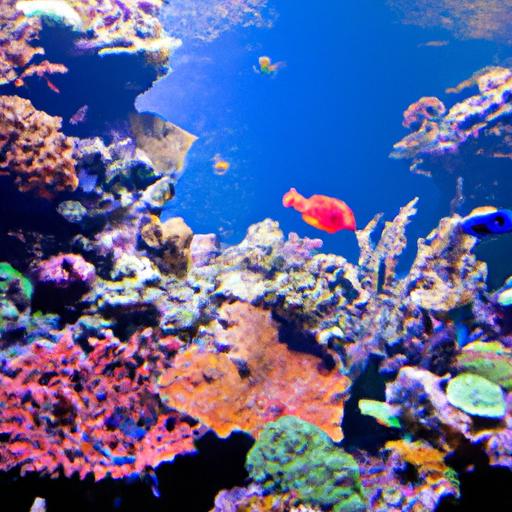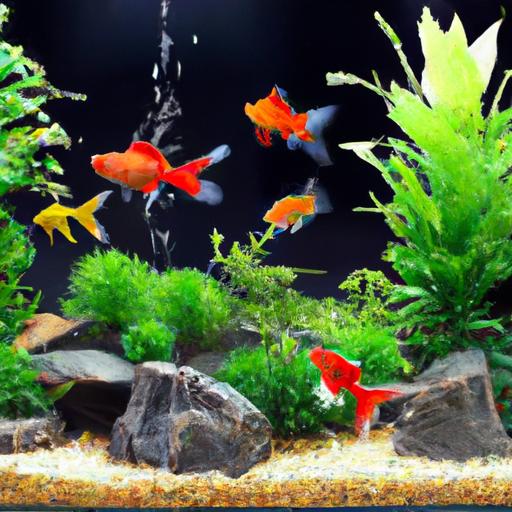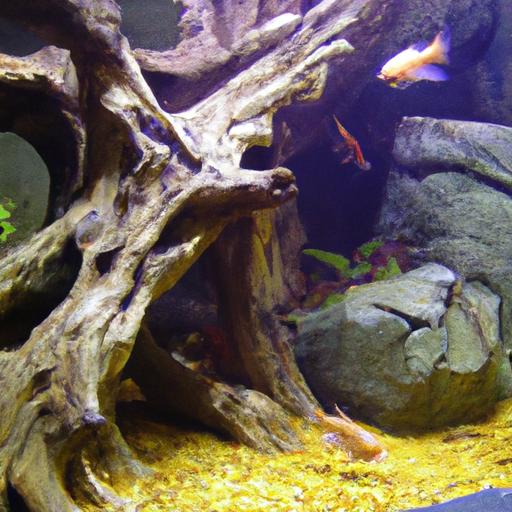
Tips for Aquascaping with Live Driftwood
Discover expert tips for aquascaping with live driftwood to create a mesmerizing underwater landscape in your aquarium. Enhance your aquascape today!
Are you looking to create a stunning underwater landscape in your aquarium? Aquascaping with live driftwood can be the perfect solution! In this article, we will provide you with expert tips on how to incorporate live driftwood into your aquascape. From selecting the right driftwood to strategically placing it in your tank, we’ve got you covered. Let’s dive in and explore the fascinating world of aquascaping with live driftwood!
Introduction
Aquascaping is an art form that allows you to transform your aquarium into a mesmerizing underwater paradise. It involves creating visually appealing landscapes using various natural elements, and one of the key components in achieving an authentic and captivating aquascape is live driftwood.
Driftwood not only adds a touch of natural beauty but also serves as a functional element in your aquarium. It provides shelter for fish, acts as a breeding ground for beneficial bacteria, and even releases tannins that can mimic the natural habitat of certain species. With the right tips and techniques, you can create a stunning aquascape with live driftwood that will leave your friends and family in awe.
Tips for Aquascaping with Live Driftwood
1. Selecting the right type of driftwood for your aquarium
The first step in aquascaping with live driftwood is choosing the right type that complements your desired aquascape. There are various types of driftwood available, such as Malaysian driftwood, mopani wood, spider wood, and more. Each type has its own unique characteristics, such as texture, shape, and color. Consider the size of your tank, the overall theme of your aquascape, and the needs of your aquatic plants and fish when selecting the perfect driftwood.
2. Preparing driftwood before adding it to the tank
Before introducing live driftwood into your aquarium, it’s crucial to prepare it properly to ensure the best results. Start by soaking the driftwood in a clean container filled with water. This process helps to remove excess tannins and any impurities that may be present. Change the water every few days until it remains clear, indicating that the driftwood is ready for your tank.
3. Placing driftwood strategically for a visually appealing aquascape
The placement of live driftwood plays a vital role in creating an eye-catching aquascape. Consider the size and shape of your driftwood and how it will fit into your desired layout. Place the driftwood off-center to create a more natural appearance and avoid a symmetrical look. Experiment with different angles and positions to achieve a balanced and visually pleasing composition. By strategically placing the driftwood, you can create depth and focal points within your aquarium.
4. Ensuring compatibility between live driftwood and aquatic plants/fish
When incorporating live driftwood into your aquascape, it’s crucial to consider the compatibility with your aquatic plants and fish. Some plants and fish species may thrive in the presence of driftwood, while others may not be suitable. Research the specific requirements of your plants and fish to ensure a harmonious environment. Additionally, be mindful of the size and weight of the driftwood, as it should not overshadow or overcrowd your tank.
FAQ about Aquascaping with Live Driftwood
Can I use any type of driftwood for my aquarium?
While there are various types of driftwood available, not all are suitable for aquarium use. Some types may release harmful substances or have sharp edges that could harm your aquatic inhabitants. It’s important to choose driftwood specifically designed for aquarium use and ensure it is safe for your tank’s ecosystem.
How long does it take for driftwood to sink?
The sinking time of driftwood can vary depending on its density and porosity. Some driftwood may sink immediately, while others may take a few days or even weeks. Soaking the driftwood before adding it to your tank can help expedite the sinking process.
Do I need to treat or sterilize driftwood before adding it to my tank?
Treating and sterilizing driftwood is essential to remove any potential pests, parasites, or diseases. Soaking the driftwood in hot water or using a diluted bleach solution can help eliminate any unwanted organisms. However, it’s crucial to thoroughly rinse the driftwood afterward to remove any residue before introducing it to your aquarium.
What are some common issues to watch out for when using live driftwood in aquascaping?
When using live driftwood in aquascaping, there are a few common issues to be aware of. One is the release of tannins, which can cause the water to turn yellowish or brownish. While this is natural and harmless, it may affect the clarity of your aquarium water. Regular water changes and the use of activated carbon can help reduce tannin discoloration. Additionally, some driftwood may release acids that can lower the pH of the water. Monitoring and maintaining the appropriate pH levels for your aquatic inhabitants is crucial in such cases.
Conclusion
Aquascaping with live driftwood offers a unique opportunity to create breathtaking underwater landscapes in your aquarium. By following the tips outlined in this article, you can ensure a successful and visually stunning aquascape. Remember to carefully select the appropriate driftwood, prepare it adequately, strategically place it in your tank, and ensure compatibility with your aquatic plants and fish. With a little creativity and patience, you can transform your aquarium into a captivating underwater paradise that will be the envy of all. So, dive into the world of aquascaping with live driftwood and unleash your creativity today!
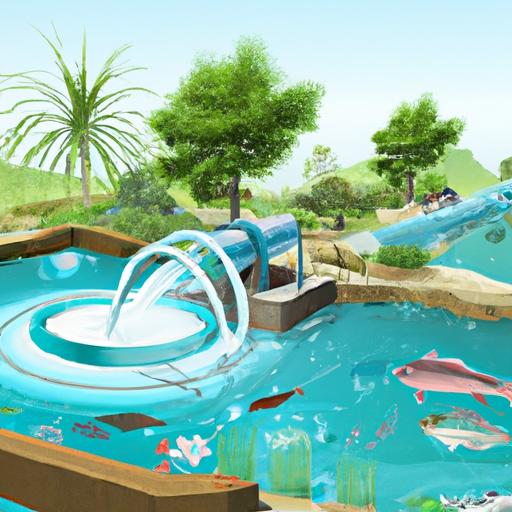
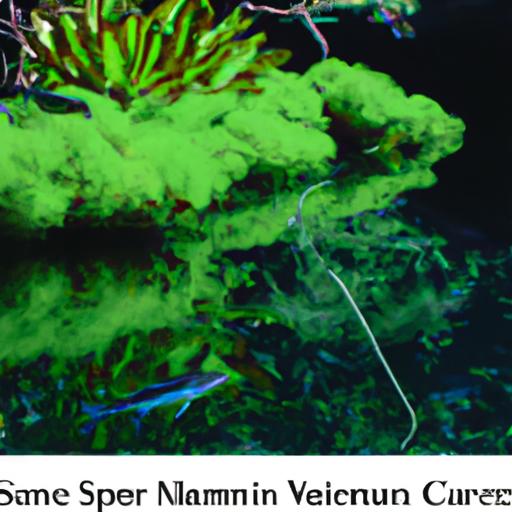
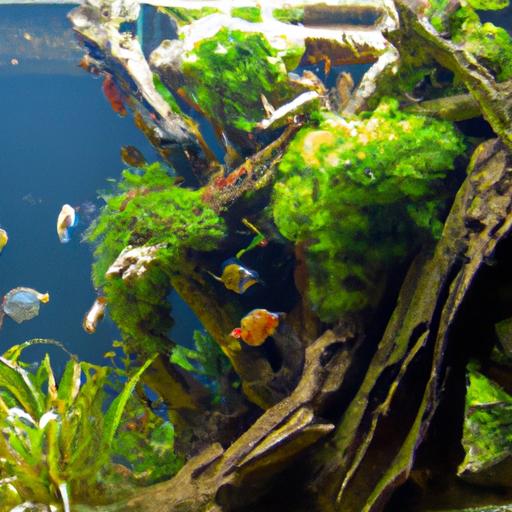
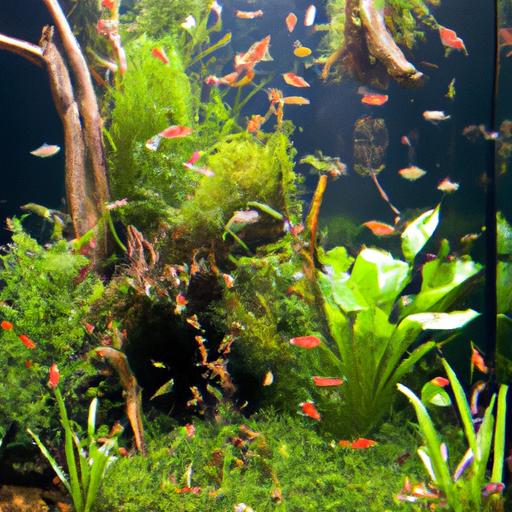
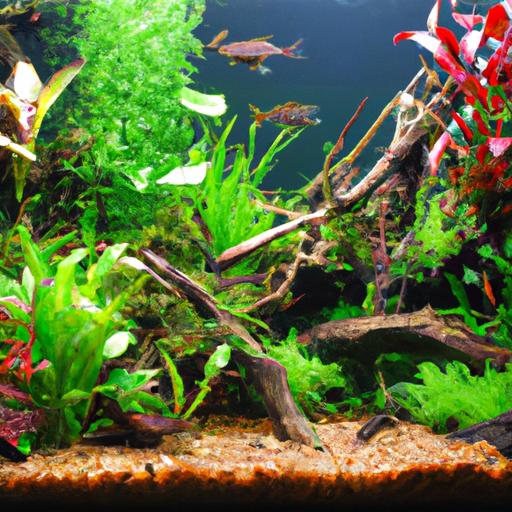
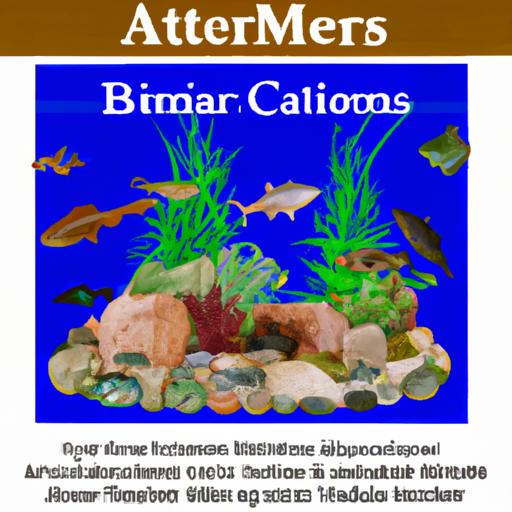
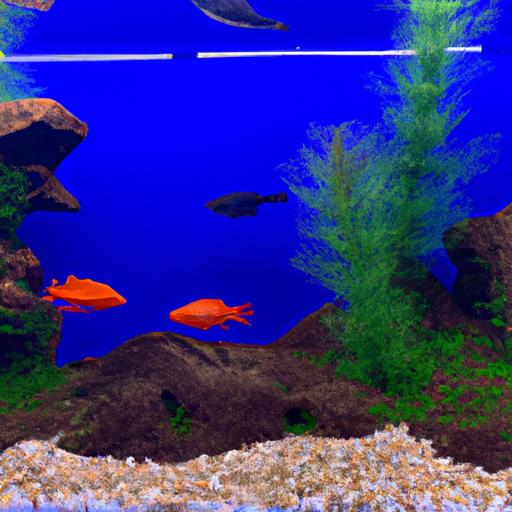
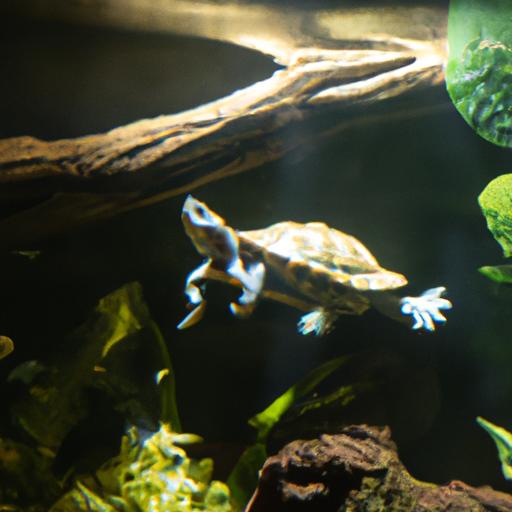















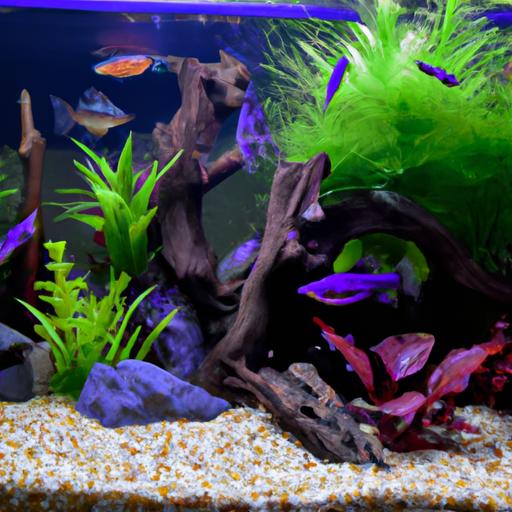
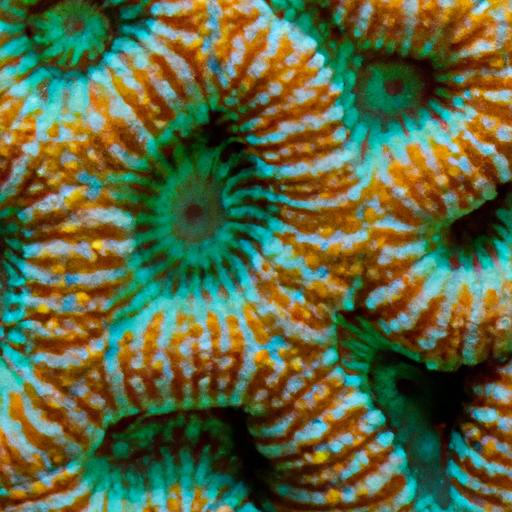

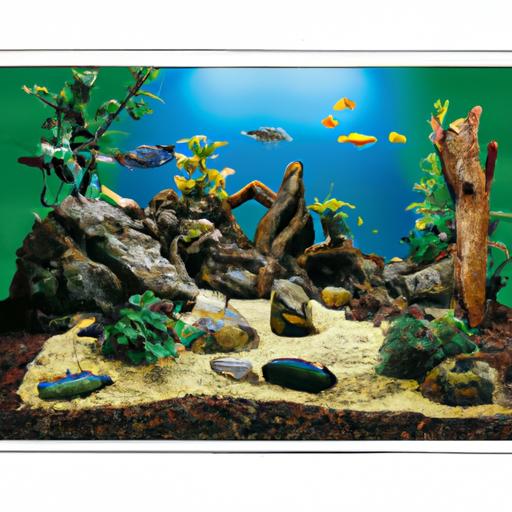
.jpg)


